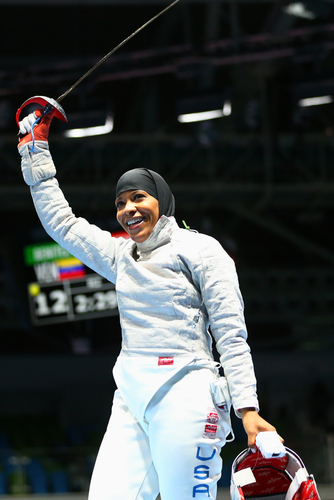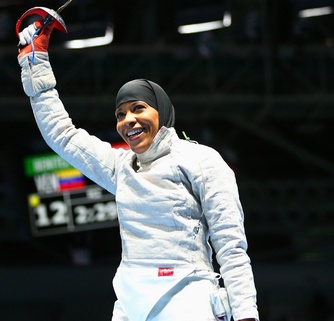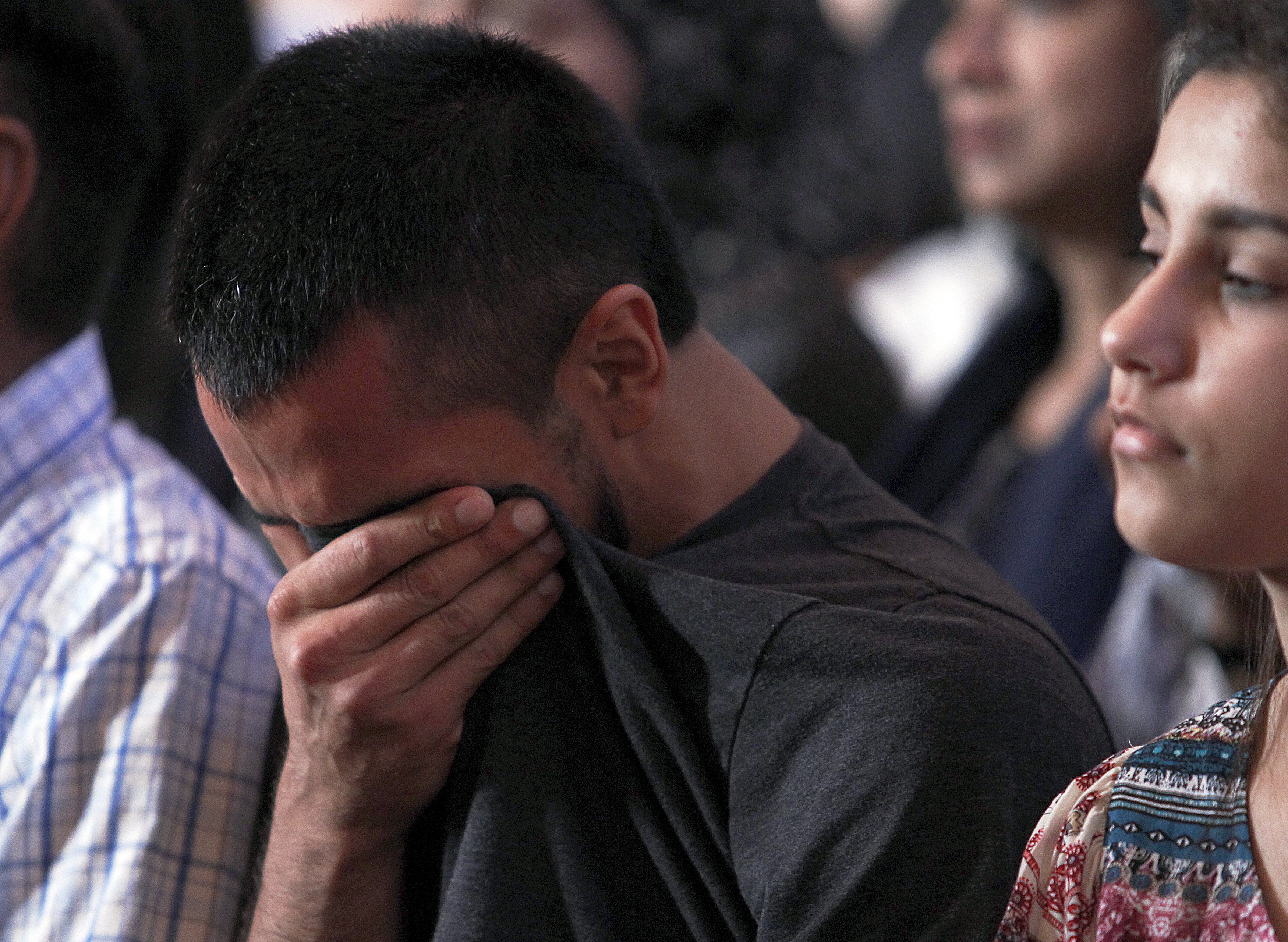Meet The Hijabis Competing In The Olympics
By: Laura Fawaz, contributing reporter

The 2016 Summer Olympics are being held in Rio de Janeiro, the first South American city ever to host it. Though that’s not the biggest talk of first timers in this event.
Ibtihaj Muhammad, a 30-year-old American Muslim, is making history by being the first to compete for team USA, while wearing the hijab. She is a saber fencer and has won bronze medals at two out of the three World Cups she’s traveled to. This is her first Olympic Games.
Even though there have been several other women competing in hijab in the last two Olympic games, Muhammad is the first to do so from a non-Muslim and non-Arab country. She has been interviewed several times in the months leading to the games by ESPN, The Atlantic, Huffington Post, and several others. In such interviews she talks about what it like to train during Ramadan while fasting, or why she joined in on the #CanYouHearUsNow movement. This was the online movement that started against Donald Trump after he assumed that Ghazala Khan, the mother of the fallen soldier who spoke at the Democratic National Convention, did not speak because she was a Muslim female and was not allowed to. Khan fired back at Trump via several interviews afterwards stating that she was too emotional too speak after seeing her son’s picture.
Athletes in hijabs, whether they play soccer, basketball, boxing or swimming, in a small arena in high schools or even at the Olympics, have all at some point been hit with some type of controversy. Wearing the hijab and the appropriate clothing that comes with it, were relatively new to the athletic scene, so some had concerns regarding the safely of the players. All sports are slowly becoming less male-dominated, though are still slow to accommodate not just women, but also women with strong religious beliefs.
In 2011, FIFA, (Federal International Football [soccer] Association) soccer’s governing body, blocked the women’s Iranian soccer team from its qualifying match because the players wore hijabs. FIFA said it was too risky, and might cause head or neck injuries. It was a decision that prompted then-Iranian President Mahmoud Ahmadinejad to call FIFA leaders “dictators and colonialists who want to impose their lifestyle on others.” In 2012 FIFA decided, as an experiment, to allow the hijab for two years. In that time, none of the safety concerns seemed to happen, so FIFA eventually lifted its hijab ban.
2012, the London Olympics were momentous for the hijab in sports. It was the year Aya Medany, the Egyptian pentathlete, competed in a hijab. It was also the first year Saudi Arabia sent women, all in hijab, to the Olympics, though partly because they were threatened by the Olympic commission of otherwise being excluded entirely out of the games. Also in 2012, weightlifter Khadija Mohammed, from the United Arab Emirates competed in hijab, though mainly possible because her six-woman team from the UAE had pushed for the sport to ease its dress code rules.
None the less, this growing trend has opened a new sportswear market. There are breathable hijabs for runners; fleece-lined hijabs for the outdoor sports enthusiast; and FIFA approved soccer version hijabs. The House of Fraser, a well-known British department store, now carries “sporty hijabs.”
There is a new Reuters photo that just circulated on Thursday of a recent volleyball match between Egypt and Germany. It’s a photo of Doaa Elghobashy, aged 19, wearing a hijab, long sleeves and black leggings to her ankles, and of Kira Walkenhorst, 25, is in a dark blue bikini. They are both at the net with their hands stretched out to the ball that’s in between them. Many are discussing this photo as a showing of unity due to the sport. New York Times Columnists Roger Cohen describes it, “No area is as sensitive as that of the treatment of women, women’s roles, women’s sexuality, dress and ambitions. The story is often presented as one of Western emancipation versus Islamic subjugation. That, however, is an inadequate characterization … Who is to say which of the women is more conservative, more of a feminist or more liberated? We do not know. What we do know is that we need more events that provoke us to ask such questions and discard tired certainties that may be no more than dangerous caricatures,” Cohen concluded on that photo.
18-32

















2016
1,320 views
views
0
comments